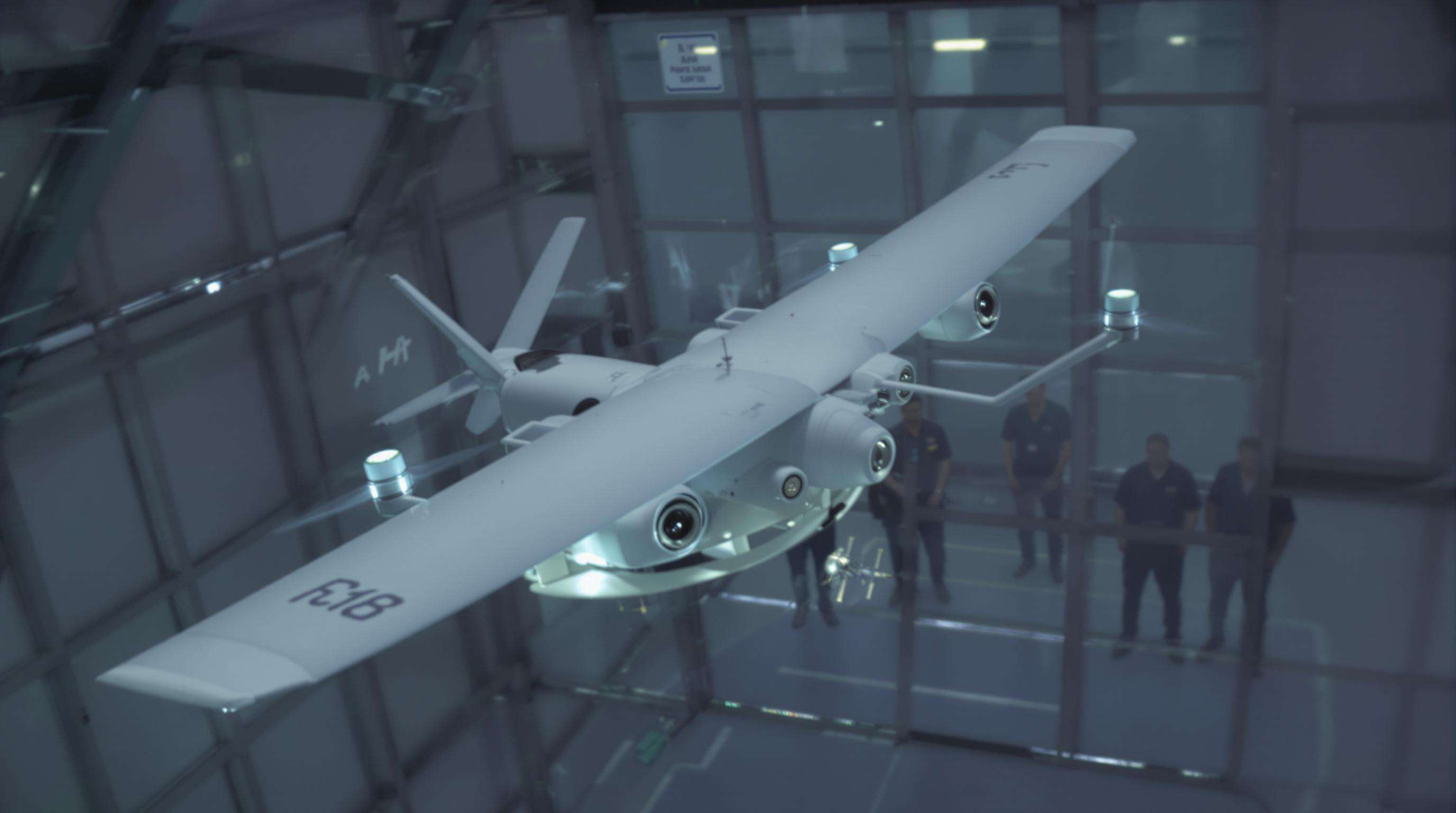Challenges in Mounting Omnidirectional Speaker Systems on UAVs
Installing an omni-directional speaker system on a UAV, however, faces platform challenges such as vibration from rotor systems which has an adverse effect on the audio clarity and requires advanced dampening materials. Engineers also need to balance speaker placement with the presence of critical flying equipment (navigation sensors, power systems), and to counter environmental factors, such as wind noise and precipitation. Small form-factor transducer arrays, which now maximize the 360° audio dispersion, are no longer an issue in size; however, the thermal management still constitutes a challenge for long durations of operation.
Weight, Power, and Aerodynamic Constraints in UAV Acoustic Integration

The PA usage not only takes up 8–12% of the payload capacity of a UAV but also requires 15–20% of its onboard power. Aerodynamic interference can affect the stability of the flight up to 30% due to the protrudingly located speakers, thus flush-mounted designs that are verified in the wind-tunnel simulations. Features such as polycarbonate-mesh speaker grilles reduce drag coefficients by.12, and so does adaptive volume scaling, the feature that adjusts output based on noise levels of your immediate environment, for which there are onboard microphones.
Case Study: Drone Blastr™ Deployment on Attack Drones
Military tests of the Drone Blastr™ system on reconnaissance-strike UAVs achieved:
- 22% weight reduction using graphene-reinforced diaphragms
- Integration with Electronic Countermeasure (ECM) suites
- 1.2 km voice projection in 25-knot crosswinds
The system delivers multilingual warnings and non-lethal deterrent tones, with phased array activation synced to flight data to prevent rotor-microphone feedback.
Public Safety and Emergency Response Applications
Search and Rescue Missions Using Drones with Loudhailers

UAVs with omnidirectional speakers cut wilderness search times by 60% (Wilderness SAR Journal, 2023), combining thermal imaging and voice instructions to guide survivors. Maritime drones overcome wave noise with directional sound, improving response speed by 40% compared to visual signals.
Disaster Zone Communication with Acoustic Hailing Devices
Ground robots and drones provide emergency broadcasts where cellular networks fail, adjusting frequencies to maintain 98% speech intelligibility at 200 meters (Pacific Rim earthquake simulation, 2023). These systems enable evacuation coordination without exposing personnel to hazards.
Law Enforcement and Crowd Management Using Remote Acoustic Systems
UAV-mounted directional loudspeakers reduce escalation incidents by 35% compared to traditional methods (2024 urban trial). Officers target specific groups with minimal noise pollution, while negotiators communicate safely with barricaded subjects.
Ethical Considerations of Acoustic Deterrents in Civilian Environments
The American Audiology Association warns that sustained exposure above 85 dB risks hearing damage (2023 Guidelines). Regulations lack standardized limits, despite research showing frequencies >4 kHz raise public anxiety by 22% (Journal of Civic Engineering, 2024).
Maritime and Infrastructure Protection
Maritime Search and Rescue with LRAD-Equipped USVs and UAVs
Long Range Acoustic Devices (LRADs) on unmanned systems project warnings up to 3,000 meters, even in 12 ft waves (Maritime Safety Report 2025). NATO exercises showed a 40% faster response in man-overboard scenarios, with drones penetrating engine noise and storms.
Port Security and Naval Operations with Autonomous Acoustic Hailing
68% of major ports use drone hailing solutions (Port Security Index 2024), reducing false alarms by 55%. Naval forces employ calibrated sound pulses to disorient hostile crews during interdictions, paired with AI-driven threat assessment.
Protecting Critical Infrastructure with Acoustic-Equipped Patrols
Autonomous underwater vehicles (AUVs) patrol pipelines and cables, using hydrophone arrays to detect threats. A 2025 Baltic Sea deployment thwarted cable tampering via focused acoustic pulses. The 2033 Underwater Infrastructure Protection forecast predicts 90% of offshore platforms will adopt these systems by 2030.
Directional Sound Technology and Psychoacoustics
Advantages of Directional Sound Projection
Metamaterial-based systems focus audio within 15°–30° beamwidths, achieving 90% clarity at 500 meters despite wind or traffic noise.
Human Perception of Drone-Generated Sound
Broadband alerts (1–4 kHz) improve recognition speed by 40%, but prolonged exposure >72 dBA reduces message retention by 30%. Urban residents perceive warnings as 23% less intrusive than rural populations.
Acoustic Modeling and Message Clarity Optimization
Key innovations include:
- Doppler shift compensation for drones at 45–60 mph
- Atmospheric absorption correction for 300+ meter ranges
- Beamforming DSPs maintaining output from -20°C to 50°C
These boost word recognition scores by 58% in multilingual contexts.
Future Trends and Regulatory Challenges
AI-Driven Adaptive Messaging
Machine learning adjusts volume, frequency, and content in real time, reducing distortion by 62%.
Integration with 5G and Satellite Networks
Hybrid satellite-5G links enable remote control in Arctic rescue scenarios, cutting response times by 38%.
Emerging Standards and Regulatory Hurdles
Challenges include:
- Decibel limits: EU Directive 2022/742 caps public safety drones at 85 dB.
- Frequency allocation: Reserved bands prevent signal interference.
- Ethical oversight: 72% of municipalities demand AI-messaging audits (NASTI 2024).
The ITU and ICAO are developing certification protocols, though Asia-Pacific leads in permitting high-power systems.
FAQ
What are the main challenges in integrating speaker systems on UAVs?
Challenges include vibration from rotor systems affecting audio clarity, balancing speaker placement with crucial flying equipment, environmental factors like wind noise, and thermal management during extended operations.
How can UAVs assist in search and rescue missions?
UAVs equipped with omnidirectional speakers cut search times by 60% using thermal imaging and voice instructions to guide survivors, even overcoming wave noise in maritime situations.
What ethical considerations are associated with acoustic deterrents?
Exposure above 85 dB can risk hearing damage, and frequencies exceeding 4 kHz can increase public anxiety. Current regulations lack standardized limits for these factors.
Table of Contents
- Challenges in Mounting Omnidirectional Speaker Systems on UAVs
- Weight, Power, and Aerodynamic Constraints in UAV Acoustic Integration
- Case Study: Drone Blastr™ Deployment on Attack Drones
- Public Safety and Emergency Response Applications
- Search and Rescue Missions Using Drones with Loudhailers
- Disaster Zone Communication with Acoustic Hailing Devices
- Law Enforcement and Crowd Management Using Remote Acoustic Systems
- Ethical Considerations of Acoustic Deterrents in Civilian Environments
- Maritime and Infrastructure Protection
- Maritime Search and Rescue with LRAD-Equipped USVs and UAVs
- Port Security and Naval Operations with Autonomous Acoustic Hailing
- Protecting Critical Infrastructure with Acoustic-Equipped Patrols
- Directional Sound Technology and Psychoacoustics
- Advantages of Directional Sound Projection
- Human Perception of Drone-Generated Sound
- Acoustic Modeling and Message Clarity Optimization
- Future Trends and Regulatory Challenges
- AI-Driven Adaptive Messaging
- Integration with 5G and Satellite Networks
- Emerging Standards and Regulatory Hurdles
- FAQ

